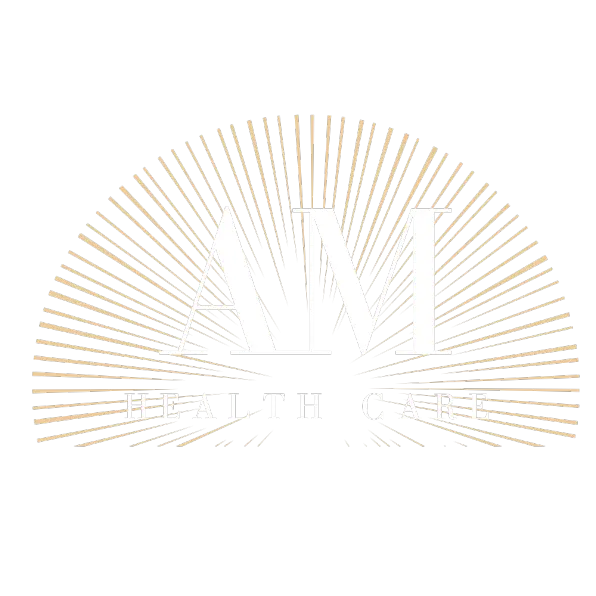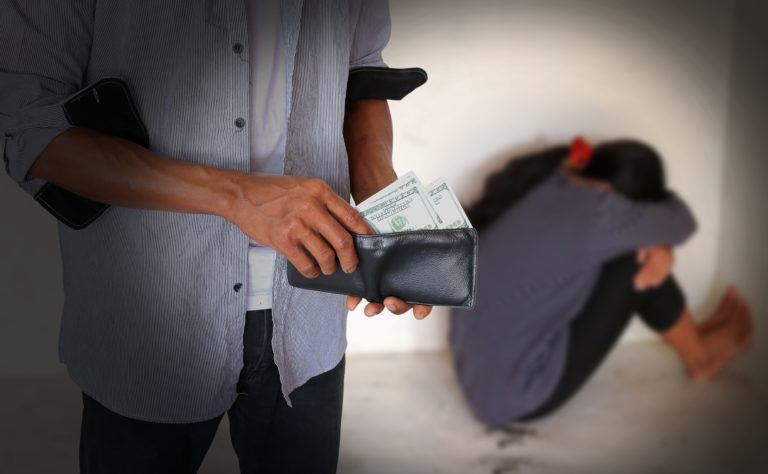We all know that there are people that can hide an addiction very well. And this certainly carries over to teenagers, who may have a serious problem without anyone in the family ever even realizing it. Understand that not always recognizing this does not make you a bad parent, but there are certain warning signs to look out for; particularly if an opioid dependency is involved.
Yahoo News recently covered this topic, speaking with noted medical professional Dr. Bonnie Milas. Not only is Dr. Milas an expert in the field, she also understands this issue firsthand (and in a rather tragic way). She lost her own son to an accidental opioid overdose, which has led her to become an outspoken advocate; calling out warning signs that she believes she missed.
Dr. Milas began her essay with some of the more noticeable red flags when it comes to teenage addictions. Falling grades, a disheveled appearance and drastic changes in behavior are common and what a parent would expect to look out for. While those are certainly important, Dr. Milas highlighted a few other more subtle indicators.
Money is a key topic that Dr. Milas mentioned. In the case of her son, there were no overt thefts or missing items in the house. Though looking back on it, she did notice small increments disappearing from her wallet. Dr. Milas’ advice is to keep a close eye on the cash that you have lying around at home. If a $50, a $20 or even a $10 go missing from time to time, take note.
Tiredness is another teenage warning sign called out by Dr. Milas. Her son began taking more regular naps throughout the day and exhibited an overall loss of energy. She also referenced conversations at the family dinner table and a general feeling of lethargy that came out of her son when she and her husband tried to engage him.
Paraphernalia was the final red flag that Dr. Milas made sure to mention. Now we’re not talking about the obvious items like needles and syringes, but rather odd curiosities that seem out of place for a teenager’s bedroom. For her son, it was empty zip lock bags and waxed paper envelopes (which reference a common way that street heroin is packaged). Sure they don’t overtly stand out, but these types of items definitely merit further inspection.
Dr. Milas closed her article with a powerful quote. One that summarized her grief and the awareness that needs to happen with parents across America. “Writing this all down it seems like, “HOW COULD YOU NOT KNOW!” she concluded. “My boy never fit the profile of opioid user. Now, the message is clear. A heroin addict is not just a marginalized individual sitting on a street corner, but may be the popular high-school quarterback with straight A’s.”







